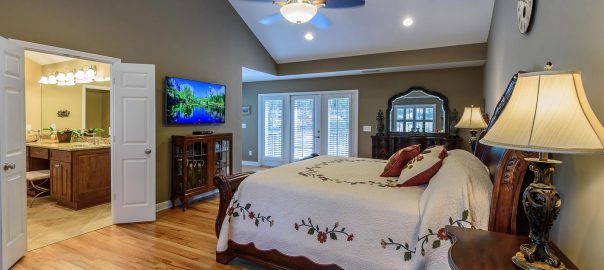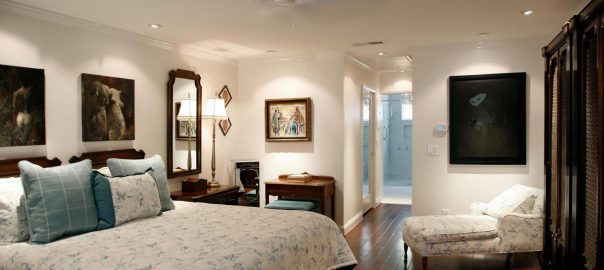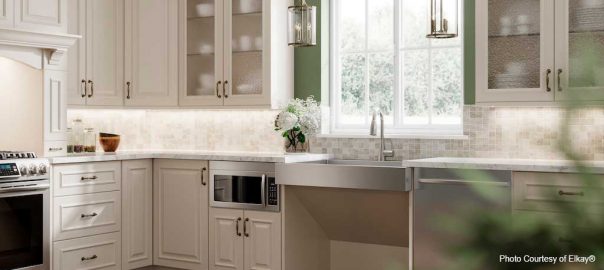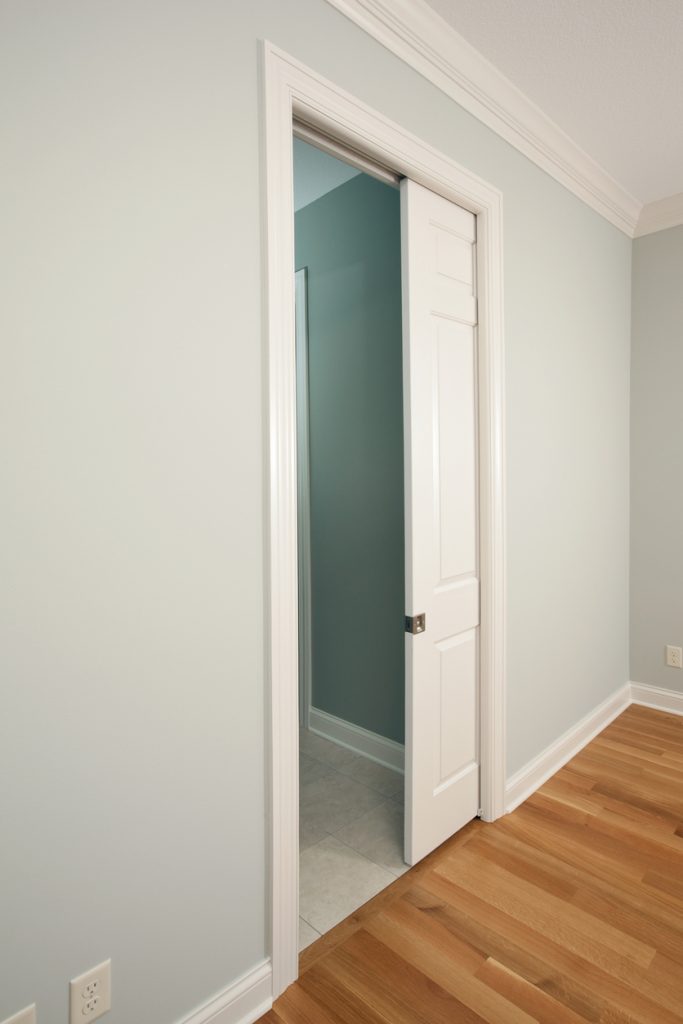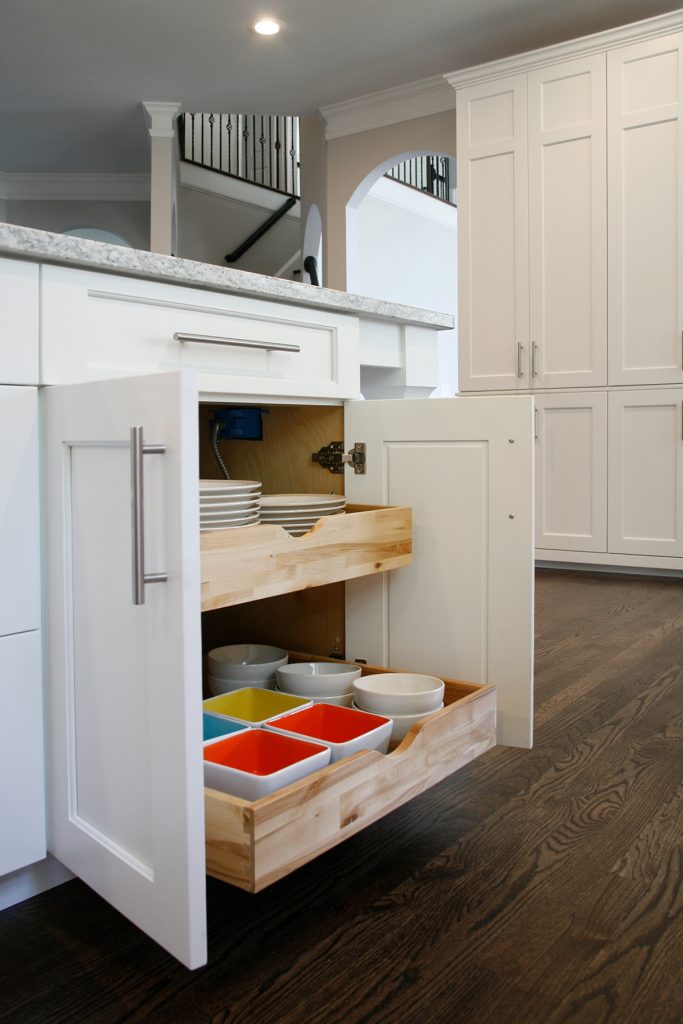Adding a master suite on the main floor, often with universal design elements, is one of the best ways to make your home more livable now and in the future.
As a NARI Universal Design Certified Professional (UDCP), Atlanta Design & Build President, Dale Contant, has received extensive training in planning and constructing universal design projects and brings that expertise to all of our clients’ projects.
Earlier this month, we talked about some of the important factors when considering a new master suite addition, or renovation. In this post, we want to share the story of how a great new master suite improved the home of one of our past clients.
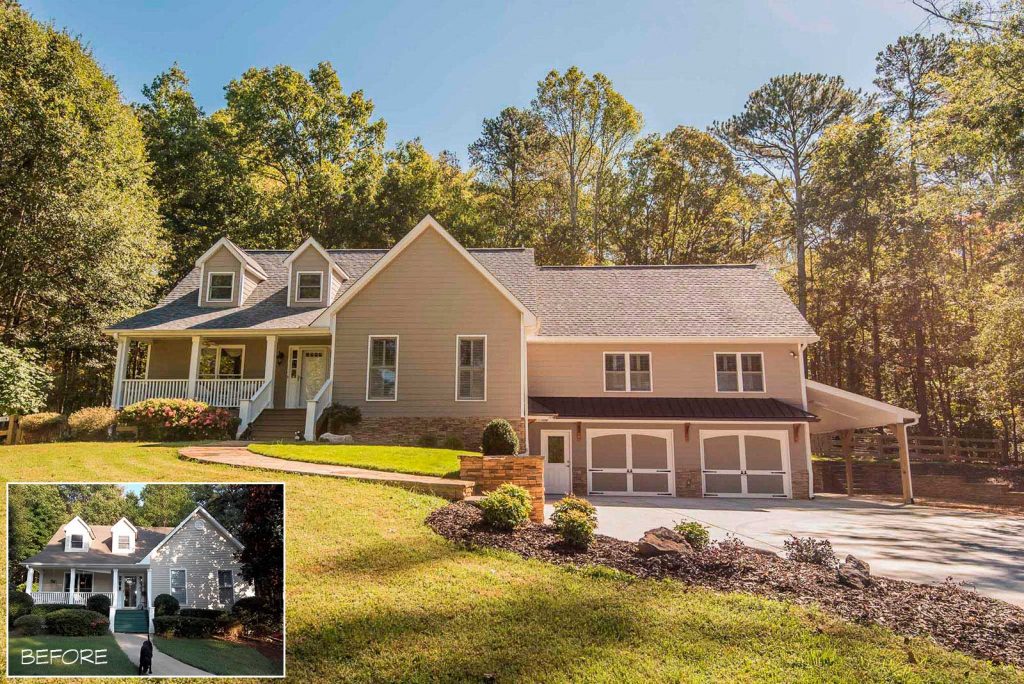
This Marietta home was too small for the needs of the homeowners. They were looking for a new master bedroom, more room in the garage and an improvement to the way they live with more usable space. They also wanted to ensure that their new home would be livable for them for years to come. The Atlanta Design & Build team worked with the homeowners to create a project that delivered everything for which they were hoping.
Continue reading ‘Master on the Main’ solves homeowner needs
